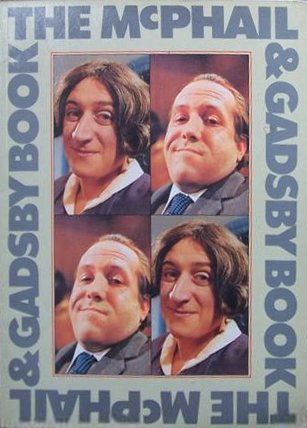Sketch comedy and political satire series making fun of New Zealand Political figures and issues, starring David McPhail and Jon Gadsby with Peter Rowley and Russell Smith
An updated version appeared in 1998 co-starring Peter Rowley and Pinky Agnew.



Sketch comedy and political satire series making fun of New Zealand Political figures and issues, starring David McPhail and Jon Gadsby with Peter Rowley and Russell Smith
An updated version appeared in 1998 co-starring Peter Rowley and Pinky Agnew.



Comments powered by CComment